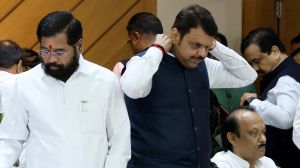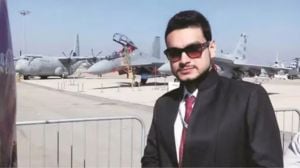Indo-Bangla fences: BSF to keep flexible hours at gates
The Border Security Force will now on be more flexible in operating gates at places on the India-Bangladesh border where fences have already...

The Border Security Force will now on be more flexible in operating gates at places on the India-Bangladesh border where fences have already come up. Besides, the border force will be provided with high-tech devices for better night surveillance.
These decisions were taken at a high-level meeting in Coochbehar today, which was attended by the BSF Director-General, Ajay Raj Sharma, and other senior Home Ministry and state government officials. Later, the Union Home Ministry delegation, which is on a tour of the border districts in West Bengal, also met Left Front MLAs.
The Left Front had complained about serious inconvenience being faced by the population living close to zero line. The Forward Bloc, in particular, had spearheaded a movement against BSF atrocities and pointed out that students staying close to zero line often failed to attend classes as the gates on the border fences were closed and the time for their opening did not tally with school hours.
Forward Bloc MLAs from the border constituencies had also pointed out the difficulties faced by these people at times of medical emergency. They complained that even if a woman was in labour, her family had to wait for the gate to open to take her to a medical centre.
After today’s meeting, the delegation reportedly agreed to make the operation of the gates more flexible and take into account the practical difficulties faced by the population living between zero line and the border fencing. According to estimates, the lifestyle of almost 70,000 to 80,000 people living along the border was affected by the fencing.
The Home Ministry delegation also emphasised the need for increased surveillance to check terrorist outfits operating from across the border.
It reviewed the progress of the border fencing and stressed the need for speedy completion of the fences. Sources say large patches are still without fencing due to legal complications, making the task of surveillance difficult.
- 01
- 02
- 03
- 04
- 05































